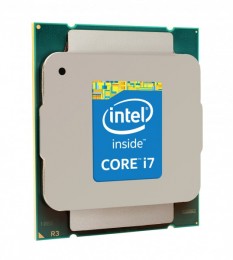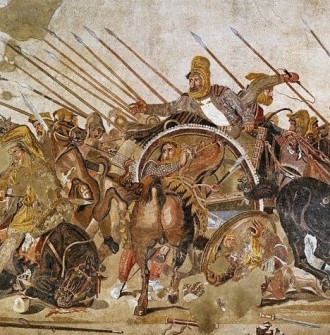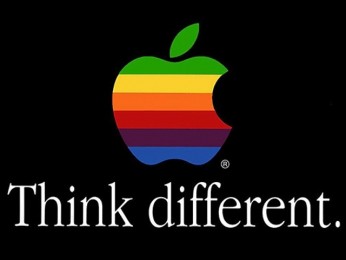 Desperate to prove that there is no such thing as sexism in the gaming community a bunch of misogynistic socially retarded trolls have managed to scare a feminist gaming campaigner out of her house with death threats.
Desperate to prove that there is no such thing as sexism in the gaming community a bunch of misogynistic socially retarded trolls have managed to scare a feminist gaming campaigner out of her house with death threats.
Earlier this week, Anita Sarkeesian posted the latest in a series of crowdfunded videos called Tropes vs. Women. The videos analyse games which portray women as damsels in distress, ornamental eye candy, incidental victims, and other archetypes that tend to be written in service of and subordinate to male players and characters.
Sounds harmless enough but some male gamers clearly felt deeply threatened and launched an incessant, deeply paranoid campaign against Tropes vs. Women generally and Sarkeesian.
This included a flood of violent comments and emails, videos documenting ways in which she is not a “real gamer.” Someone wrote a game where you can punch her in the face, and a proposed documentary devoted to exposing the “lies” and “campaign of misinformation” from what is, again, a collection of opinions about video games.
Now it seems that they have got so carried away with themselves they now think it is ok to kill Sarkeesian as a warning to other women who dare to stand up to men. How very Saudi Arabian of them.
Sarkeesian spent the night with friends after contacting law enforcement about “some very scary threats” against her and her family. She’s published a page of extremely violent sexual threats from the person who apparently drove her to call the police; in it, the user mentions the location of her apartment and threatens to kill her parents, who the user names and claims to be able to find.
Apparently most of the vitriol is coming because Sarkeesian is actually succeeding and is getting high profile support from popular developers and media figures. Joss Whedon and William Gibson, among others, mentioned it, and Tim Schafer of Double Fine urged everyone in game development to watch it “from start to finish.”
Having read some of the death threats and posts, you cannot help but wonder how these gamers are missed a court-imposed therapy for views about women with make Leviticus look like a pro-feminist tract. It is so retarded and so out of control that it contaminates the gaming community and gives them an excuse to attack women.
Fortunately, for the sake of humanity the trolls have not heard of the Streisand effect and not twigged that their over the top attacks on Sarkeesian have propelled Tropes vs. Women to a level of visibility it would not otherwise had had.
It is also weakening their argument that “misogyny is a lie propagated by Sarkeesian and other “social justice warriors” when you actively give it such an overt demonstration.
 Chipzilla has released its first eight core desktop CPU targeted at gamers and computer users who need a little extra.
Chipzilla has released its first eight core desktop CPU targeted at gamers and computer users who need a little extra.


















